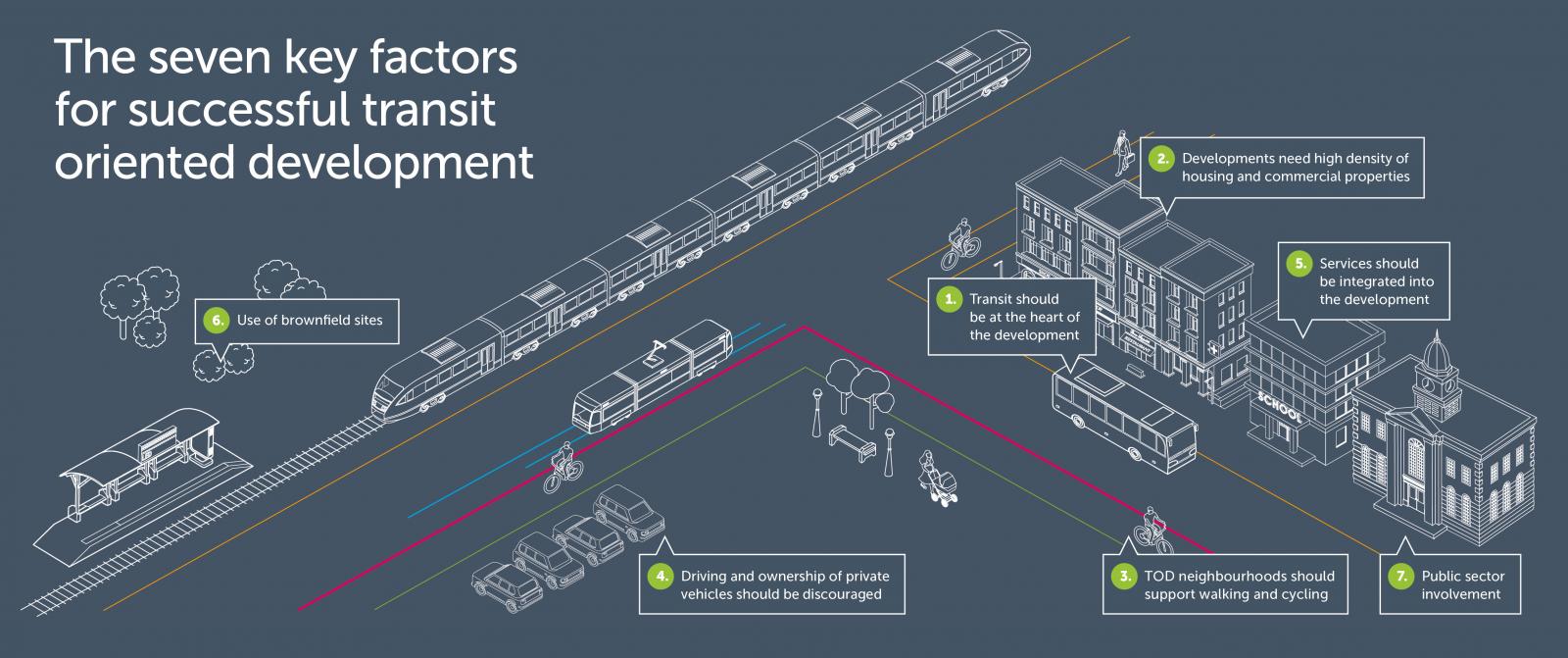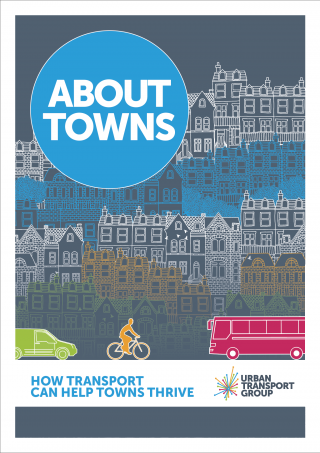The place to be
Transit oriented developments are transforming cities for the better - putting good public transport access at the heart of dense, high quality residential and commercial developments, with attractive urban realm that supports walking and cycling.
The place to be: How transit oriented development can support good growth in the city regions
This report examines ‘transit oriented development’ - the principle of putting public transport front and centre in new residential and commercial developments, with the aim of maximising access by public transport, encouraging walking and cycling, and minimising the need to own and use private cars.
The report suggests that transit oriented development has the potential to meet housing need without undermining the green belt or creating more traffic congestion and sprawl. It also examines other areas where it can deliver wide-ranging benefits, such as to local economies; air quality and carbon emissions; social inclusion, employment and skills; health; and public transport patronage.

Transit oriented development (TOD) puts public transport front and centre, with the aim to maximise access by public transport, encourage walking and cycling, and minimise the need to own and use private cars.
The place to be sets out a five point plan on how to realise more building developments which are based around sustainable, public transport and active travel.
- A national planning framework that favours transit oriented developments over car-based, low density sprawl.
- A national funding framework with more options for ensuring that value uplift from new developments can be used to improve transport connectivity.
- More influence over land held by agencies of national Government which would be prime sites for transit oriented developments.
- More devolution of powers over stations where a city region transport authority has the ambition and capacity to take on responsibilities.
- Measures to improve the planning capacity of local authorities in order to respond effectively, rapidly and imaginatively to opportunities for high quality transit oriented development.
Transit oriented developments are an idea whose time has come because they contribute to a host of wider public policy goals for city regions such as improving physical and mental health, reducing road traffic congestion and meeting housing demand.

If we are to embark on a new era of transit oriented developments, and realise the benefits they can bring, we must overcome a series of obstacles and barriers around the planning and funding of these developments.
Transit oriented development has the potential to help cites become happier and healthier places to live and work, contributing to reduced congestion and air pollution. It can also help support urban agglomeration economies by opening up new housing and employment opportunities, accessible by public transport.
This report makes the case for high quality transit oriented development in the UK and demonstrates the benefits of such schemes for achieving multiple public policy goals. It sets out seven key factors for successful transit oriented development.

Further reading
Report
About towns: How transport can help towns thrive
Consultation response
National road and rail networks: draft national policy statement
Consultation response
Nationally significant infrastructure planning: Extending the regime to business and commercial projects
Consultation response
Nationally significant infrastructure planning: Expanding and improving the 'one stop shop' approach for consents
Consultation response


